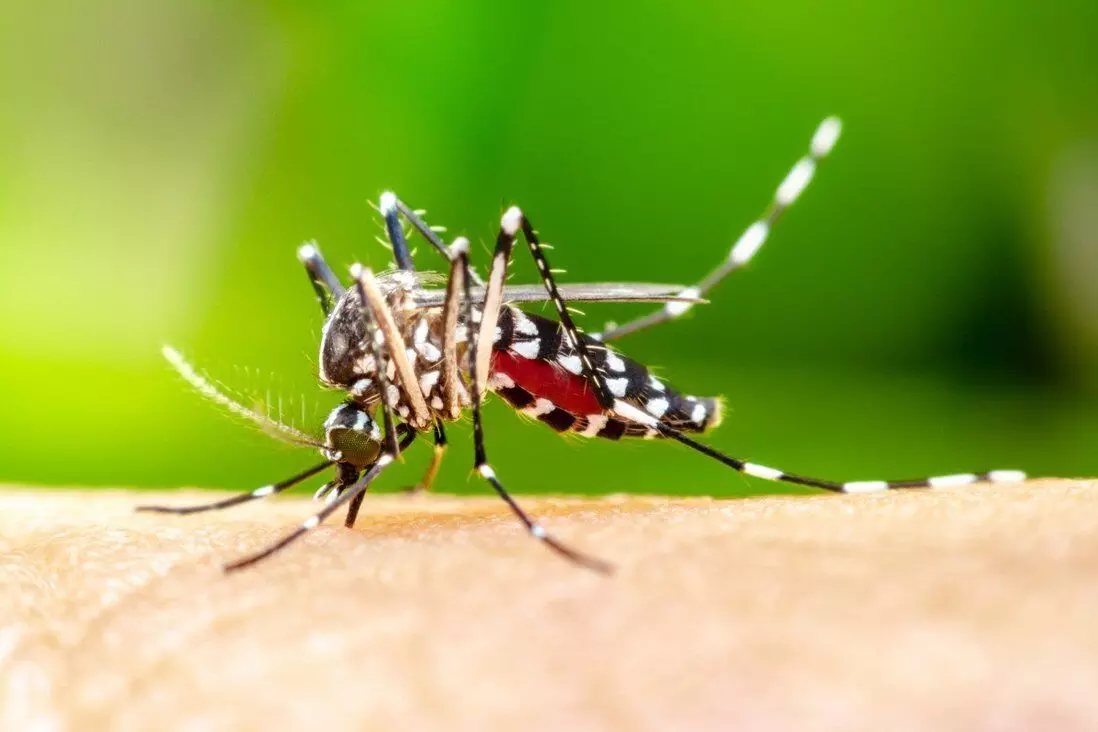Issues related to health have always been a concern, and certain diseases when unnoticed and ignored can lead to other major infections and diseases which is more dangerous. Asymptomatic malaria is one such disease that is still a danger in many rural areas of India since it is difficult to identify because Plasmodium infections don’t manifest any clinical symptoms. Even though India has made great efforts to eradicate malaria, incidences of asymptomatic malaria still predominate among tribal tribes in the country’s rural areas.
People tend to ignore the symptoms
Malkangiri, Koraput, Kandhamal, Kalahandi, and Rayagada are the districts in Odisha where malaria is most prevalently concentrated, contributing to the endemicity of the areas.
In conversation with The Sunday Guardian, Dr. Kriti Mishra from Malaria No More-India told that “People who live in tribal parts of Odisha, where the disease is endemic, are frequently bitten by contagious mosquitoes. Due to their partial immunity to the parasites, the tribal people occasionally either ignore the symptoms or do not even show them. They nevertheless continue to serve as a parasitic reservoir in the neighbourhood and, by serving as the carrier, sustain the chain of transmission”.
Efforts made by the government
The government has implemented a new national malaria control policy in an effort to eradicate the illness.
According to a report by The Sunday Guardian, ‘the utilization of volunteer community workers who had received training in the administration of Artemisinin-based Combination Therapy, the use of Rapid Diagnostic Kits, and the adoption of Long-Lasting Insecticide-treated Nets allowed the case management to be expanded (LLINs).’
Along with 17 other world leaders, Prime Minister Narendra Modi adopted a strategy and a pathway to abolish malaria in the entire Asia-Pacific region by 2030 in November 2015. India also pledged to reach this goal three years ahead of the regional and international deadlines, in 2027.
The number of blood slides tested from April 2021 to April 2022 increased by 8.3%, – NVBDCP
The majority of the instances are caused by states like Jharkhand, Madhya Pradesh, Odisha, Chhattisgarh, and northeastern states like Mizoram, Meghalaya, Tripura, and Arunachal Pradesh. But there have been quite many hindrances in these certain states in collecting samples and convincing people for the tests.
Ensuring the quality of the blood slides while traveling is a challenge, according to numerous volunteers and ASHA staff who have said that it is because of the challenging terrain. According to the National Vector-Borne Disease Control Programme (NVBDCP), the number of blood slides tested from April 2021 to April 2022 increased by 8.3%.
Less ignorance by families might save many people in the rural area from getting life-threatening diseases
The dynamic nature of the health issue, however, is one of the tough duties. Persuading asymptomatic people to get themselves tested, maintenance of blood slides quality and transportation of those samples to the testing labs are some other major challenging responsibilities.
More awareness and understanding among people and less ignorance by families might save many people in the rural area from getting life-threatening diseases like jaundice and severe anaemia and sometimes even as serious as kidney and respiratory failure.





